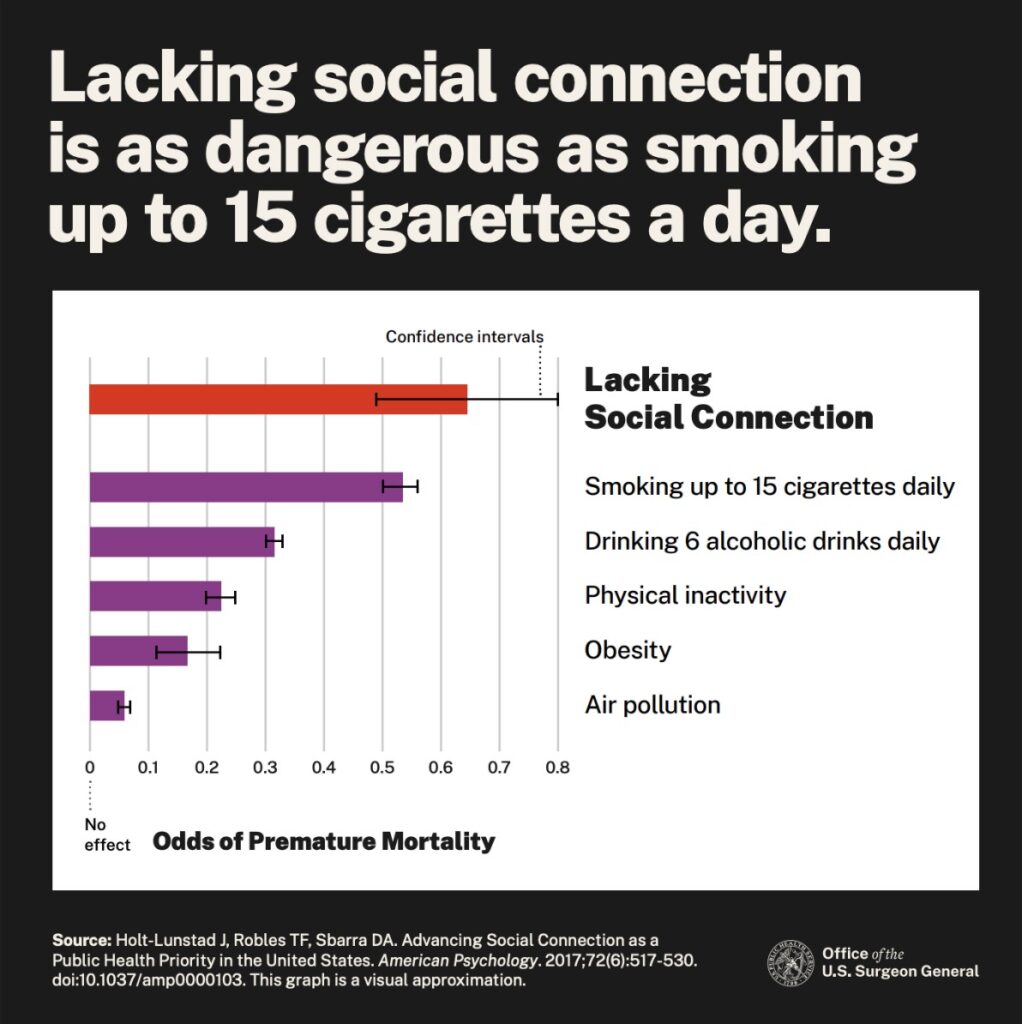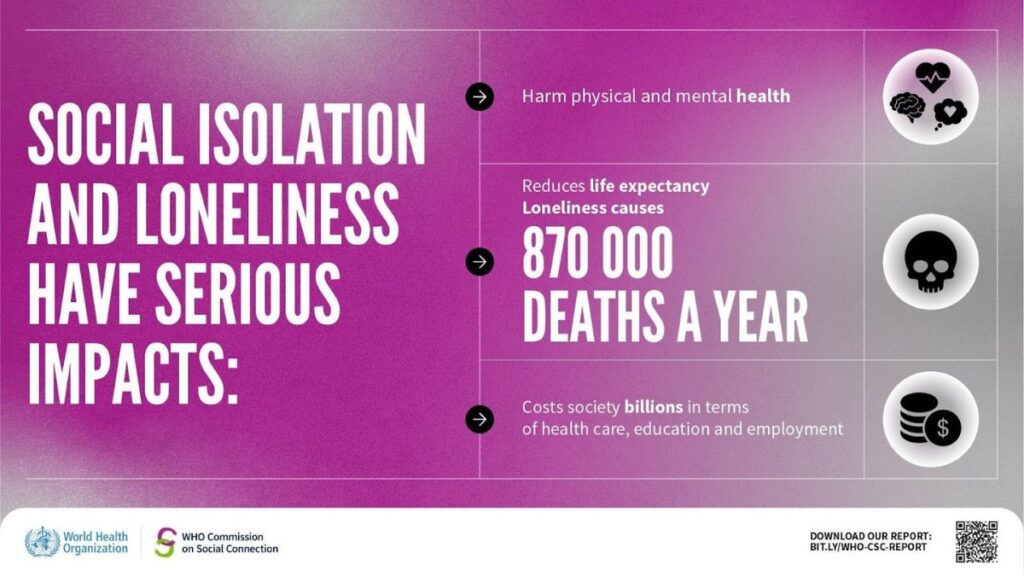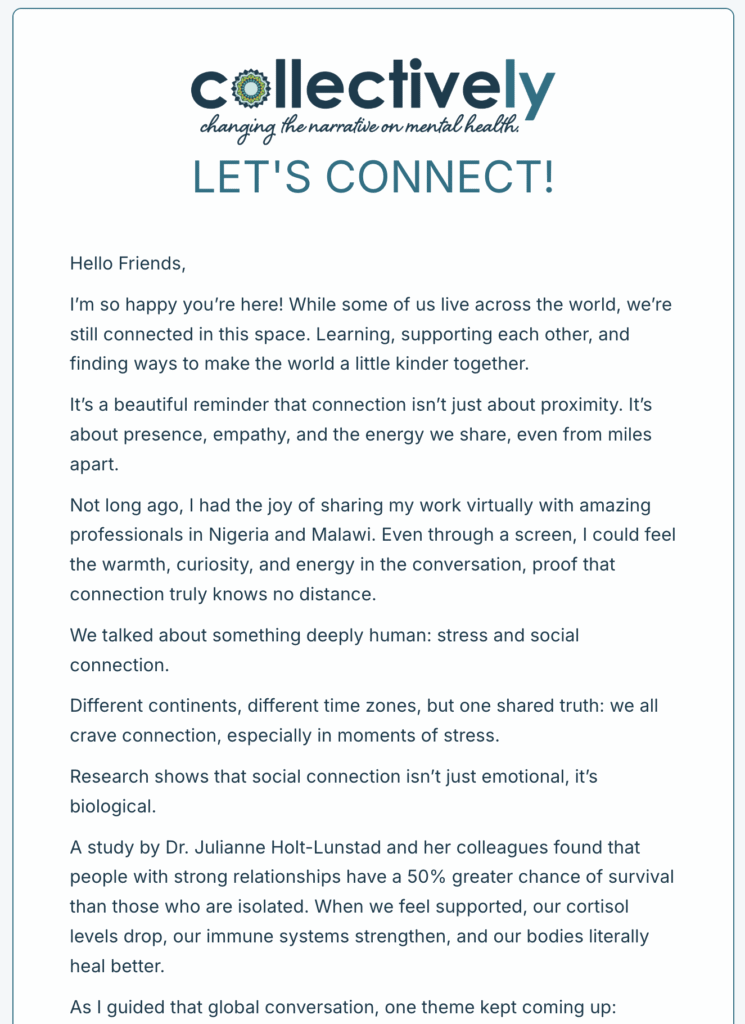
Have you ever had one of those days when it felt better to avoid people and stay at home, but by the end of it, you felt awful you hadn’t seen or talked to anyone all day? The reason why even a day’s worth of social isolation feels so bad is that it goes against human nature. By design, humans are social creatures who rely on others from the day they are born. Psychologists argue that belongingness is a psychological need (see Maslow’s hierarchy of needs and Bowlby’s attachment theory for examples), and without it, one cannot reach self-actualization and may form malattachments with caregivers. More than that, chronic loneliness can have significant impacts on one’s physical and mental health. When we spend too much time on social media or forgo our friend’s birthday party to stay in bed, we’re doing a disservice to our brains and bodies.
In a review of 70 reports on social isolation, researchers found that lacking social connection was comparable to well-known risk factors for early death, including obesity, lack of exercise, and smoking 15 cigarettes a day.

Those with weak social ties are more likely to suffer from a stroke, develop heart disease, and experience more severe symptoms of depression and anxiety. The risks associated with isolation are so striking that the U.S. Surgeon General declared loneliness a public health epidemic in 2023.

More recently, the World Health Organization’s Commission on Social Connection published a report on the risks associated with disconnection and urged global leaders to implement policies to support social connection. Given that loneliness accounts for close to 900,000 deaths each year, individuals, communities, and policymakers must collaborate to reverse this trend before the consequences become even more dire.
On the individual level, there are many activities you can do to improve your social connections. Here are a few:
However you choose to connect more with the people around you, be intentional about it, and above all, do it for your health.
Sources
